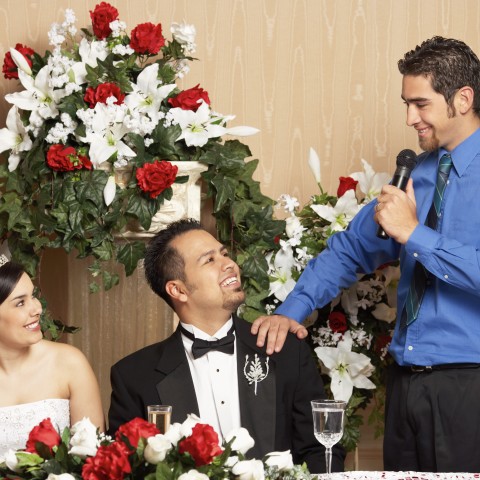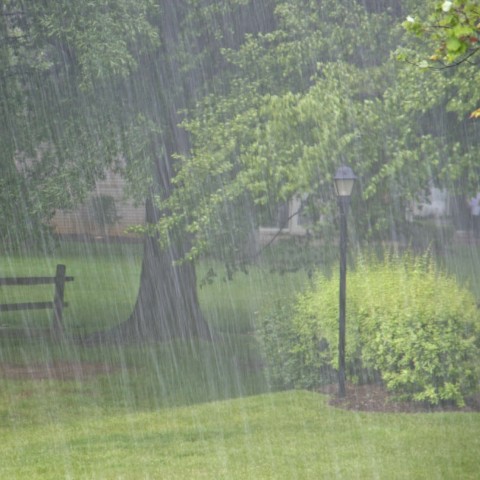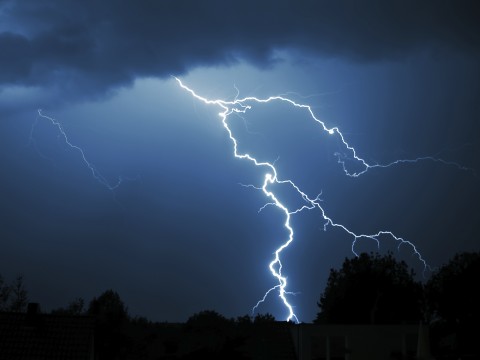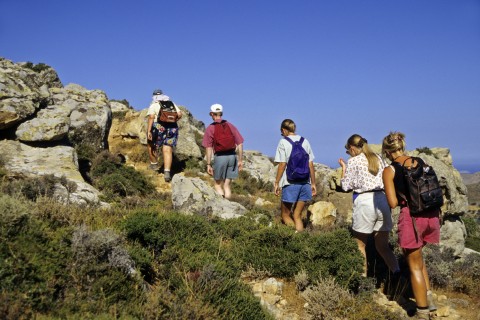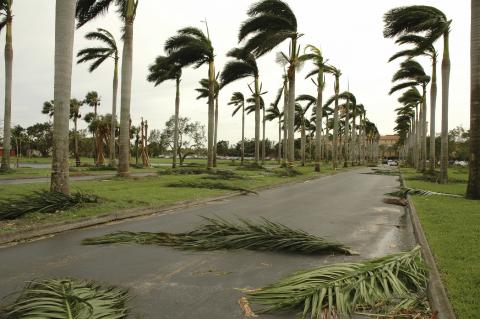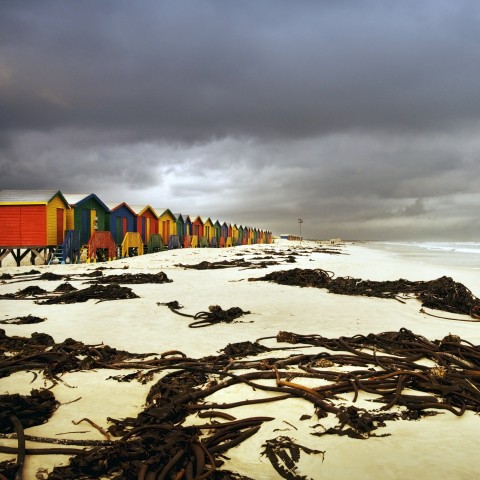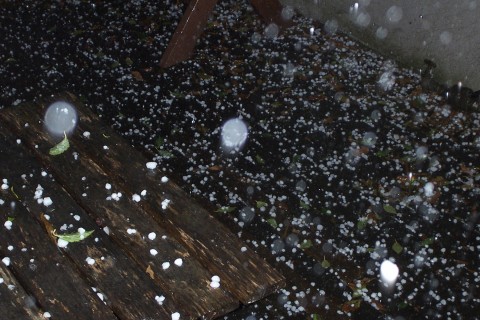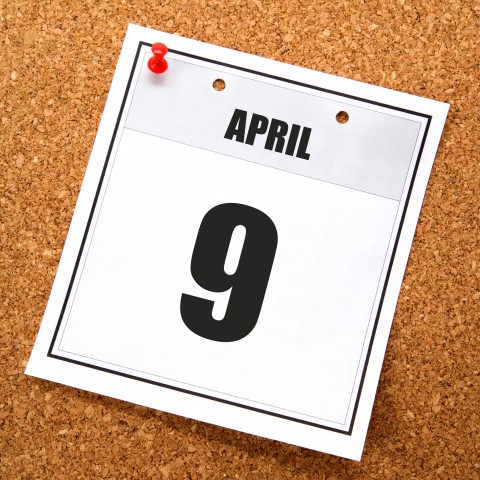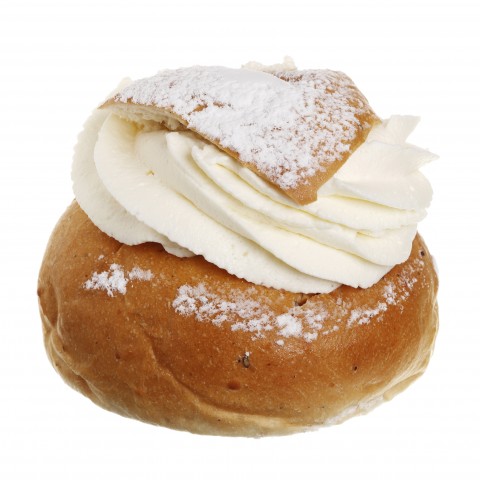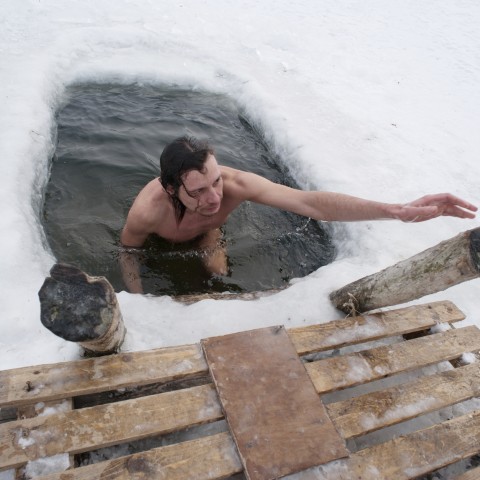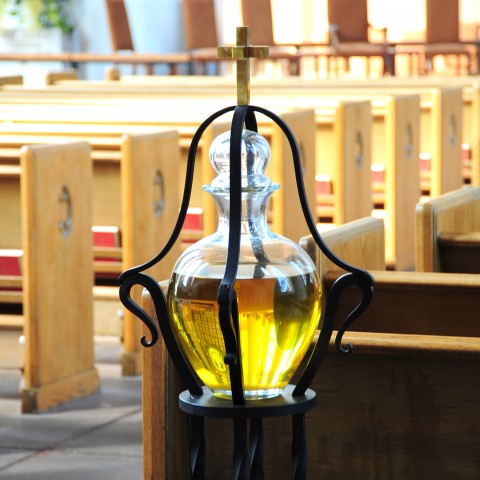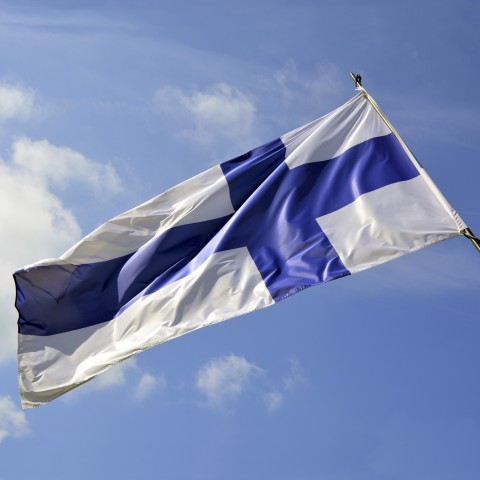Anger is a natural response to pain of some sort; when you’re angry, you’re angry with a cause and want someone to pay! It’s so much harder when you’re traveling, because your routines are off-kilter, there’s culture shock to deal with and the smallest problems can seem overwhelming. How do you handle someone who’s just pushed your last button?
At home, we often have a go-to person who is good at calming us down, but emotions are tricky to deal with in a foreign country. Sometimes people may treat you unfairly, but you’re completely baffled as to why. You have to remember that people in Finland think differently to how you do and it’s not impossible to inadvertently cause offense. Don’t stress about it too much, because you’ll adapt! Once you feel at home in Finland and people get to know you, it will be easy to flow with the local rhythm and handle tensions well.
This brings us to two obvious reasons why you should learn some angry phrases in Finnish: first, so you can understand when you’ve upset a Finnish person, and second, to have the vocabulary to tell a person off when they absolutely have it coming. Not only will you be far more likely to solve the problem if you know some appropriate angry Finnish phrases, but you’ll probably earn some respect, too! At FinnishPod101 we’re ready to help you articulate those feelings.

Table of Contents
1. Finnish phrases to use when you’re angry
Okay, so you’ve had a very frustrating day at your new teaching job in Finland and all you want to do is chill on your bed with ice-cream and a Nook Book, but you come home to find your landlord in your apartment, apparently doing an inspection of your personal possessions. How do you handle it? Do you have an angry Finnish translation for “What the heck are you doing?”
If there’s one thing I’ve learned about confronting someone in their own country, it’s to press the pause button on my reactions and think first! Is my first thought worth expressing? Sometimes, you need to think like a chess player: if I make this move, what will happen next?
It’s always better to think ‘win-win’ in Finland. A good tactic is to keep a mental note of your personal speed limit before engaging. After all, you want a positive outcome!
So, do you know how to say “I am angry” in Finnish? You will – FinnishPod101 is about to teach you how to get mad! Here are fifteen great angry phrases in Finnish.
1- It’s none of your business. – Se ei kuulu sinulle.
As a foreigner in Finland, you’ll be a topic of interest. While most folks understand boundaries, there’s always that one individual who doesn’t!
Sometimes you feel that a person is getting way too involved in your affairs, and this expression is a commonly-used one for letting them know that. If said calmly and firmly, while looking them in the eye, it should do the trick and even earn you some respect.
2- I’m upset. – Olen järkyttynyt.
I find this phrase useful for times when I need to express annoyance to someone I can’t afford to lose my temper with. A boss, for instance. As long as you say it without yelling, this can be a polite way of letting someone know that you are feeling bad and that you want those feelings validated. No matter what has happened, the result is that you are troubled and need some time to get over it. Depending on how you say it, “I’m upset” can also be a subtle invitation for the other party to address the problem.
3- You’re not listening to me. – Et kuuntele minua.
Isn’t this the most frustrating thing? You’re in a situation where you’re telling someone why you’re mad at them, but they just won’t look at the story from your point of view. Rather than resort to bad language, try to convince them to take a breather and hear you out. This expression is a great way to ask someone to stop talking and to listen to you properly.
4- Watch your mouth. – Varo suutasi.
Where have you heard this before? Let your mind go back to all the times you were cheeky and disrespectful in your youth… that’s right – it was your parents! If you’re on the receiving end, this angry phrase means that you said something you shouldn’t have. It has an authoritative, challenging tone and it implies that there could be consequences if you don’t stop.
So, when can you use it? Well, be careful with this one; it may very well get you in trouble if not used with caution. It can also be seen as very rude if used on anyone you don’t actually have authority over!
5- That’s enough. – Tuo riittää.
Depending on your tone of voice when you say this, you could be calmly telling someone to stop doing what they’re doing, or you could be sternly ordering them to stop. In Finnish, as in English, tone is key when it comes to making yourself understood. Just don’t be saying this to anyone, as it carries an authoritative tone and would be seen as rude if said to an older person.
6- Stop it. – Lopeta.
One of the more common imperatives in any language, this is a basic way to warn somebody that you don’t like what they’re doing and want them to stop. You can use it in most situations where a person is getting under your skin. Often, “Stop it” precedes some of the weightier phrases one resorts to if the offender doesn’t stop and anger escalates. For this reason, I always add a “Please” and hope for the best!
7- Cut it out. – Lopeta.
In fact, this phrase is actually the same as the previous one in Finnish! I think parents and teachers everywhere, throughout time, have heard variations of this expression of annoyance for as long as we’ve had tweens and teens on Earth! It’s a go-to command, thrown about frequently between siblings and peers, to stop being irritating. You’d generally use this on people you consider your relative equals – even though in the moment, you probably consider them low enough to stomp on!
8- What the heck are you doing? – Mitä hemmettiä sinä teet?
Here’s an interjection for those instances when you can scarcely believe what you’re seeing. It denotes incredulity ranging from mild disbelief to total disgust or dismay. You would typically use this when you want an action to stop immediately, because it’s wrong – at least, in your perception of things.
It may be worth remembering that the English word “heck” doesn’t have a direct translation in Finnish – or in other languages, for that matter; most translations are more accurately saying “What the hell.” We say “heck” in English as a euphemism, but that word is thought to come from “hex” – an ancient word for “spell” – so I don’t know which is better!
9- Who do you think you are? – Kuka luulet olevasi?
I avoid this expression as it makes me nervous! It’s quite confrontational. I’m reminded of the time a clerk in a busy cellular network service store was being rude to me and a rich-looking man came to my rescue, aiming this phrase at the clerk loudly and repeatedly. At first, I was relieved to have someone on my side, but I quickly grew embarrassed at the scene he was causing.
Using this phrase has a tendency to make you sound like you feel superior, so take it easy. The irony, of course, is that someone who provokes this response is taking a position of authority or privilege that they aren’t entitled to! Now you look like two bears having a stand-off.
They call this an ‘ad hominem’ argument, meaning the focus has shifted from attacking the problem, to attacking the person. So, is it a good phrase to use? That’s up to you. If you’re in the moment and someone’s attitude needs adjusting – go for it!
10- What?! – Mitä?!
An expression of disbelief, this is frequently said mid-argument, in a heated tone, and it means you cannot believe what you’re hearing. In other words, it conveys the message that the other person is talking nonsense or lying.
11- I don’t want to talk to you. – En halua puhua sinulle.
This is a great bit of vocab for a traveler – especially for a woman traveling solo. Whether you’re being harassed while trying to read your Kindle on the train, or hit on by a drunk man in a bar, chances are that sooner or later, you will encounter a character you don’t wish to speak to.
The most straightforward way to make the message clear is to simply tell them, “I don’t want to talk to you”. If you feel threatened, be calm and use your body language: stand straight, look them in the eye and say the words firmly. Then move away deliberately. Hopefully, they will leave you alone. I’d go so far as to say learn this phrase off-by-heart and practice your pronunciation until you can say it like a strong modern Finnish woman!
12- Are you kidding me? – Vitsailetko?
To be ‘kidding’ means to joke with someone in a childlike way and it’s used both in fun and in anger. Like some other expressions, it needs context for the mood to be clear, but it pretty much conveys annoyed disbelief. You can use it when a person says or does something unpleasantly surprising, or that seems unlikely to be serious or true. It’s a rhetorical question, of course; try to familiarize yourself with how it sounds in Finnish, so next time it’s aimed at you, you don’t hunt your inner Finnish lexicon for an answer!
13- This is so frustrating. – Tämä on niin turhauttavaa.
Another way of showing someone you have an intense battle going on inside, is to just tell them you’re terribly frustrated and feeling desperate to find a solution. Use this expression! It can be a useful tool to bring the other person into your headspace and maybe even evoke some degree of empathy from them. More polite than many others, it’s a sentence that seems to say, “I beg you to work with me so we can resolve this!”
14- Shut up. – Turpa kiinni.
The use of the phrase “shut up” to signify “hold one’s tongue” dates back to the sixteenth century and was even used by Shakespeare as an insult – with various creative twists! It’s been evolving ever since and there are variations in just about every language – proving that no matter where you come from, angry emotions are universal!
One example of old usage is a poem Rudyard Kipling wrote in 1892, where a seasoned military veteran says to the troops: “Now all you recruities what’s drafted to-day, You shut up your rag-box an’ ‘ark to my lay.”
Well, when I was twelve and full of spirit, I was taught that nice girls don’t say this. “Shut up” is an imperative that’s considered impolite; it’s one of those expressions people resort to when they either can’t think of better words to use, or simply can’t bear to listen to any more nonsense. Either way, it’s at the lower end of the smart argument scale. Like all angry phrases, though, it does have its uses!
15- So what? – Entäs sitten?
When you don’t believe the other person’s defense argument legitimizes or justifies their actions, you might say these words. Basically, you’re telling them they need to come up with better logic!
Another time you could use this one, is when you simply don’t care for someone’s criticism of you. Perhaps you don’t agree with them, or they’re being unfair and you need to defend your position. “So what?” tells them you feel somewhat indignant and don’t believe you’re in the wrong.
2. Feeling negative in Finnish
What was the most recent negative emotion you felt? Were you nervous about an exam? Exhausted and homesick from lack of sleep? Maybe you felt frightened and confused about the impact COVID-19 would have on your travel plans. If you’re human, you have days when you just want the whole world to leave you alone – and that’s okay!
When you’re feeling blue, there’s only so much body language can do. Rather than keeping people guessing why you’re in a bad mood, just tell them! Your Finnish friends and colleagues will be much more likely to give you your space (or a hug) if they know what’s wrong. Not only that, but it’s nice to give new friends the opportunity to be supportive. Bring on the bonding!
The fastest way to learn to describe negative feelings in Finland, is to get into the habit of identifying your own mood daily in Finnish. Here’s an easy way: in your travel journal, simply write down the Finnish word for how you feel each morning. You can get all the words directly from us at FinnishPod101. Remember, also, that we have a huge online community if you need a friend to talk to. We’ve got you!
3. Conclusion
Now that you know how to express your bad feelings in Finnish, why not check out some other cool things on our site? You can sign up for the amazing free lifetime account – it’s a great place to start learning!
And really – make the most of your alone time. After all, it’s been proven that learning a new language not only benefits cognitive abilities like intelligence and memory, but it also slows down the brain’s aging. So, on those days when you just need to be away from people, we have some brain-boosting suggestions that will lift your spirits:
- Have you heard of Roku? A Roku player is a device that lets you easily enjoy streaming, which means accessing entertainment via the internet on your TV. We have over 30 languages you can learn with Innovative Language TV. Lie back and enjoy!
- If you like your Apple devices, we have over 690 iPhone and iPad apps in over 40 languages – did you know that? The Visual Dictionary Pro, for example, is super fun and makes learning vocab easy. For Android lovers, we have over 100 apps on the Android market, too.
- You can also just kick back on the couch and close your eyes, letting your headphones do the work with our audiobooks – great for learning the culture while you master the language. Similarly, if you’re more of a reader, we have some fantastic iBooks that are super interesting and fun for practicing your daily conversation skills.
Whatever your learning style (or your mood), you’ll find something that appeals to you at FinnishPod101. Come join us!



























